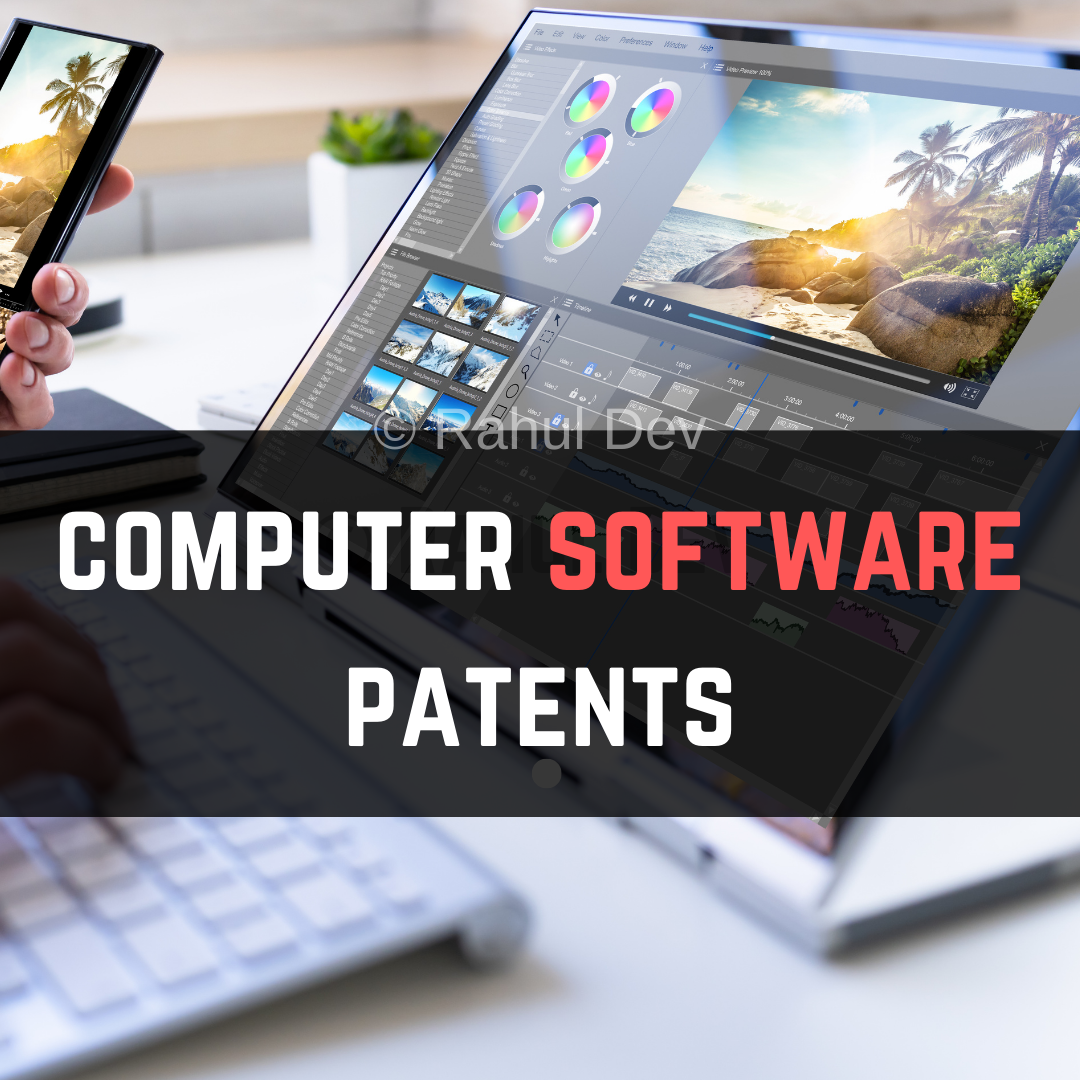

Patent linkage refers to connection between patent registration procedure and drug regulatory approvals, which is not present in Indian legal system. Patent grant in India provides an exclusive right to the pharmaceutical companies to make, use, sell and bring to market the innovative products, but a regulatory approval does not provide any exclusivity.
Indian medicines are exported to around 200 countries in the world. The United States is the world’s leading single market for pharmaceutical products accounting for nearly 50% of the value of the total world market. India’s five largest export markets are the United States (28 percent), Russia (11 percent), Germany (10 percent), the United Kingdom (8 percent), and China (7 percent). Exports to such countries consist mainly of bulk medicines that account for nearly 60 percent of India’s pharmaceutical exports. The remainder, most formulations are exported to the countries of the former Soviet Union (CIS) and developing countries (Southeast Asia, Africa, and Latin America). India continues to be the number one supplier of cost-effective antibiotics, cancer therapy, and AIDs drugs to the developing world. Many of India’s leading Indian pharmaceutical companies have also been certified by regulatory authorities in Australia, South Africa, and the EU.
It is well known that patent protection corresponding to various important or blockbuster drugs are scheduled to expire in coming years.
Moreover, the various governments worldwide are looking to curb their soaring prescription medicines costs through greater use of generics. These opportunities are offered not only in India’s traditional wealthy client markets such as the U.S. and European Union counties but also in emerging economies with vast populations such as Africa, South America, Asia, and Eastern and Central Europe.
These are some points for consideration by Indian pharmaceutical companies to sustain and boost the presence in the world’s drug market and one of them is the Para IV Certification.
The Drug Price Competition and Patent Term Restoration Act of 1984 (the Hatch-Waxman Amendments) amended the Federal Food, Drug, and Cosmetic Act of the US. These Amendments created Section 505(j) of the Act. This section established the ANDA approval process, which allows lower-priced generic versions of previously approved innovator drugs to be approved and brought on the market.
The Hatch-Waxman Act allows generic manufacturers to file an ANDA demonstrating bioequivalence to an innovator drug, rather than an NDA, which is far costlier as it requires data establishing safety and efficacy. Under the Hatch-Waxman Act, a generic manufacturer may file an ANDA prior to the expiration of the innovator’s patents. An ANDA applicant must include in its ANDA a patent certification as described in section 505(j)(2)(A)(vii) of the Act. One of the following statements must be made in such certifications:
(1) The patent information hasn’t been filed;
(2) That the patent has expired;
(3) The date on which the patent will expire; or
(4) That the patent is invalid or will not be infringed by the manufacture, use, or sale of the drug product for which the ANDA is submitted.
The 4th Certification is known as a Para IV Certification. The ANDA applicant must provide appropriate notice of a Para IV Certification to each patent holder that is the subject of the certification and to the holder of the approved NDA to which the ANDA refers. The first generic manufacturer to file a substantially complete ANDA with a paragraph IV certification may be awarded a 180-day marketing “exclusivity” period during which no other ANDA filers can market their version of the drug dose. Thus, the opportunity to be the sole competitor to the innovator for up to 6 months is aggressively pursued. This results in windfall profit as there is a restricted number of players, usually one (ie, the innovator) and in these 180 days the margins are very high. The company that wins this exclusivity can reap huge profits during the 180-day exclusivity period. In fact, the company can garner a market share, which is 5-10 times higher than the other generics players.
Indian businesses can manufacture medicinal drugs for less than half what it costs to manufacture than in the United States, conduct clinical trials for approximately one-tenth of the U.S. cost, and carry out R&D for less than one-eighth the U.S. cost. Indian pharmaceutical companies led by Glenmark, Aurobindo, and Sun Pharma maintained their number one position in the U.S. generics market, by accomplishing 33.17 percent or 139 of 419 original ANDA approvals from the U.S. Food and Drug Administration (FDA) in 2010. The Filing of ANDA with a Para IV certification by Indian companies is very less. It is a high risk – high reward growth strategy. Indian companies should challenge the patents of global companies via Para IV filings and India’s share in the total Para IV filings is required to grow further.
Indian companies will be challenged by declining prices in the U.S. market, falling profit margins, rising competition from other low-cost countries, parallel launches of authorized generics by Western innovator companies, and the increasing power of large distributors in the U.S. and European markets so they have to prepare strategy for consistent achievement in generic drugs market. The Filings of ANDA with a Para IV certification by Indian companies is required for better prospects of Indian pharmaceutical companies.
Production costs of medicinal drugs are almost 50% lower in India than in other Western nations, while overall research and development costs are about one-eighth and clinical trial expenses around one-tenth of Western levels. Clinical trials in India cost approximately $20 million while the cost abroad would range between $300 million and $350 million. Costs of medicinal innovation in India are estimated as low as one-seventh of cost levels in Europe.
Indian companies should focus on developing follow-on biologics, Challenging IPRs on regulated markets, investing in R&D for proprietary NCEs. Many mid-level Indian producers can turn to contract manufacturing, outsourcing, contract research, contract clinical trials, or other tie-ins with MNCs.
These alliances and millions of dollars spent on establishing domestic and foreign-based manufacturing facilities, acquiring foreign drug manufacturing firms and the like. These overseas acquisitions will allow Indian businesses to gain traction in Western regulated markets, diversify their portfolios, acquire recognized brands, and gain R&D capabilities.
The United States has some of the highest drug prices in the world and has attracted imports of generic drugs from India and a number of low-cost countries. However, severe price compression and growing competition from other low-cost countries are forcing Indian majors to offset their losses by shifting their attention to Western Europe.
India’s continuing failure to provide data protection needs to be rectified urgently. Indian manufacturers cannot fulfill their objectives to become players on the global stage unless they make significant increases to their R&D expenditures. There is a need to increase R&D collaboration with MNCs to gain the advantage of India’s conducive environment for new drug discovery and development.
Advocate Rahul Dev is a Patent Attorney & International Business Lawyer practicing Technology, Intellectual Property & Corporate Laws. He is reachable at rd (at) patentbusinesslawyer (dot) com & @rdpatentlawyer on Twitter.
Quoted in and contributed to 50+ national & international publications (Bloomberg, FirstPost, SwissInfo, Outlook Money, Yahoo News, Times of India, Economic Times, Business Standard, Quartz, Global Legal Post, International Bar Association, LawAsia, BioSpectrum Asia, Digital News Asia, e27, Leaders Speak, Entrepreneur India, VCCircle, AutoTech).
Regularly invited to speak at international & national platforms (conferences, TV channels, seminars, corporate trainings, government workshops) on technology, patents, business strategy, legal developments, leadership & management.



